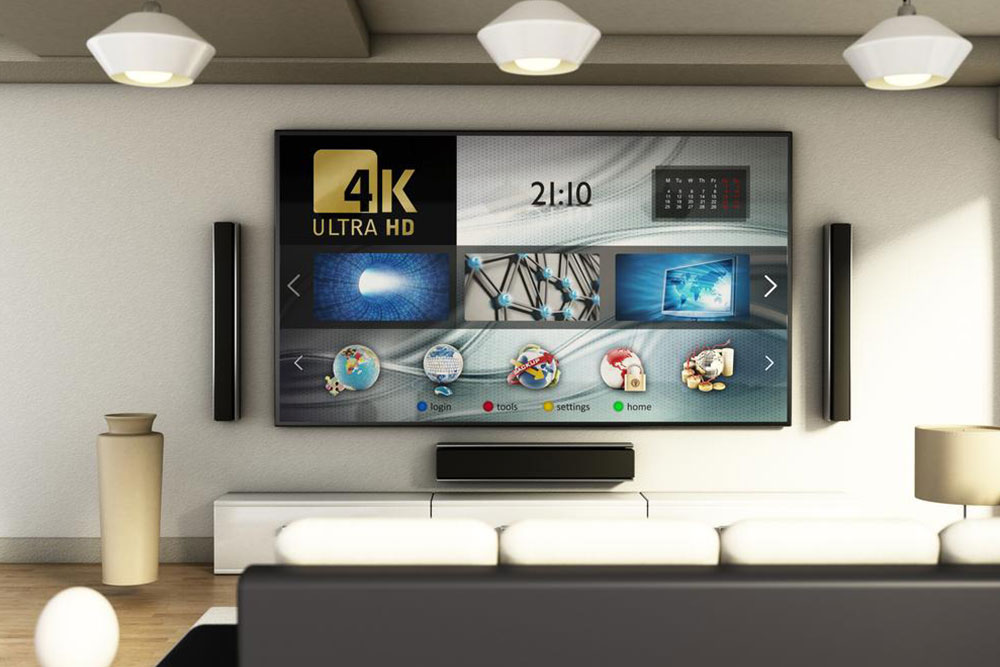The Evolution and Decline of Legacy 3D Televisions: A Complete Industry Overview
This comprehensive guide explores the history, features, and decline of legacy 3D televisions, highlighting key models and market trends. Discover why 3D TV technology, once a cutting-edge innovation, faded from mainstream use and what options remain in secondhand markets. An essential read for tech enthusiasts and collectors interested in the evolution of home entertainment technology.

The Evolution and Decline of Legacy 3D Televisions: A Complete Industry Overview
In the rapidly advancing world of home entertainment technology, the way we experience visual media has undergone significant transformation over the past few decades. From the era of CRTs to sleek, high-resolution smart TVs, each technological innovation aims to enhance viewer immersion and convenience. Among these innovations, 3D television technology marked a notable attempt to revolutionize the viewing experience by adding depth and realism to conventional screens. Although the 3D TV era has largely faded into history, understanding its development, features, and reasons for decline provides valuable insights into consumer electronics evolution. This comprehensive guide delves into the history of legacy 3D televisions, their features, market impact, reasons for obsolescence, and what current options exist in the secondhand market.
Today, most 3D TVs are seldom found in new retail stores. Instead, they are confined to secondary markets, often sold as discounted or refurbished units. As the industry gravitates towards sleek, high-definition, and smart-enabled devices, the once-promising 3D television technology has become a niche collectible or a budget option for enthusiasts. This article aims to explore what 3D TVs were, why their popularity waned, and some representative models from the past that still attract attention among tech enthusiasts and collectors alike.
Understanding What a 3D TV Was
A 3D TV is essentially a form of high-definition television (HDTV) equipped with the ability to display images in three dimensions, offering a more immersive viewing experience. Unlike standard HDTVs, which project images in two dimensions, 3D TVs introduced a layer of depth perception, making scenes appear to extend out into the viewer’s space. The core technology relied on specialized hardware and content designed to create the illusion of depth—this was achieved through various methods such as active shutter systems or passive polarized glasses.
Initially, manufacturers supported 3D viewing via compatibility with lightweight 3D glasses paired with compatible content like movies, TV shows, or video games. The glasses were often synchronized with the television to create synchronized, stereoscopic images, allowing viewers to perceive three-dimensional depth. These TVs were usually high-end models with advanced LED, LCD, or plasma screens designed to handle the added visual complexity.
However, support for 3D viewing was limited, and the ecosystem of compatible content was sparse. Many users found the 3D experience to be cumbersome due to the necessity of wearing glasses and the limited availability of 3D-specific broadcasts or films. As a result, the initial hype was not sustained, and the technology began to decline in popularity.
Why Did 3D TVs Fall Out of Favor?
The decline of 3D television technology can be attributed to several converging factors. Primarily, the scarcity of native 3D content meant that consumers did not see sufficient value in investing in 3D-capable TVs. Hollywood movies supporting 3D formats were relatively few and often released in cinemas rather than for home viewing. Moreover, the requirement to wear glasses, which could be uncomfortable or inconvenient over long viewing sessions, further decreased consumer interest.
Additionally, the cost of 3D TVs was significantly higher than comparable 2D models, considering the added hardware and technology. As newer, more advanced displays like 4K Ultra HD TVs emerged, offering superior picture quality, higher resolutions, and smarter features, the demand for 3D models sharply declined. Consumers began prioritizing clarity, resolution, and overall functionality over immersive 3D effects.
Market Trends and Model Highlights from the Past
While the era of 3D TVs is largely over, some older models remain sought-after, especially by collectors or those interested in nostalgic tech. Here are two notable 3D TV models that exemplify the technology's peak and are still available in second-hand markets today:
Hisense 55T710DW
This model was a 55-inch 3D LED TV known for its balance of performance and affordability. It featured internet connectivity, pre-installed streaming apps, Wi-Fi support, and smart TV functionalities, allowing users to enjoy a hybrid experience of traditional and modern viewing. Priced around $1,165 during its peak, it was considered an economical choice for 3D entertainment enthusiasts seeking a large screen experience.
LG 55LB7200 3D LED
The LG 55LB7200 blended innovative display technologies like local dimming with IPS panel technology to produce vivid images and strong contrast. This model came with light 3D glasses designed to be comfortable for extended use, along with various applications and smart features. Its price hovered around $1,599, making it a premium option for consumers looking for quality 3D viewing. Today, both these models can be found through online marketplaces or secondhand electronics stores, often at lower prices.
In conclusion, while 3D TVs revolutionized how viewers engaged with home entertainment in the early 2010s, their technology did not withstand the test of time due to limited content, practical inconveniences, and rapid advancements in display quality. Today, flat-screen TVs focusing on 4K resolution, smart capabilities, and voice control dominate the market. However, understanding the legacy of 3D TVs provides valuable insight into the dynamic evolution of consumer electronics and the importance of consumer demand in shaping technological progress.





